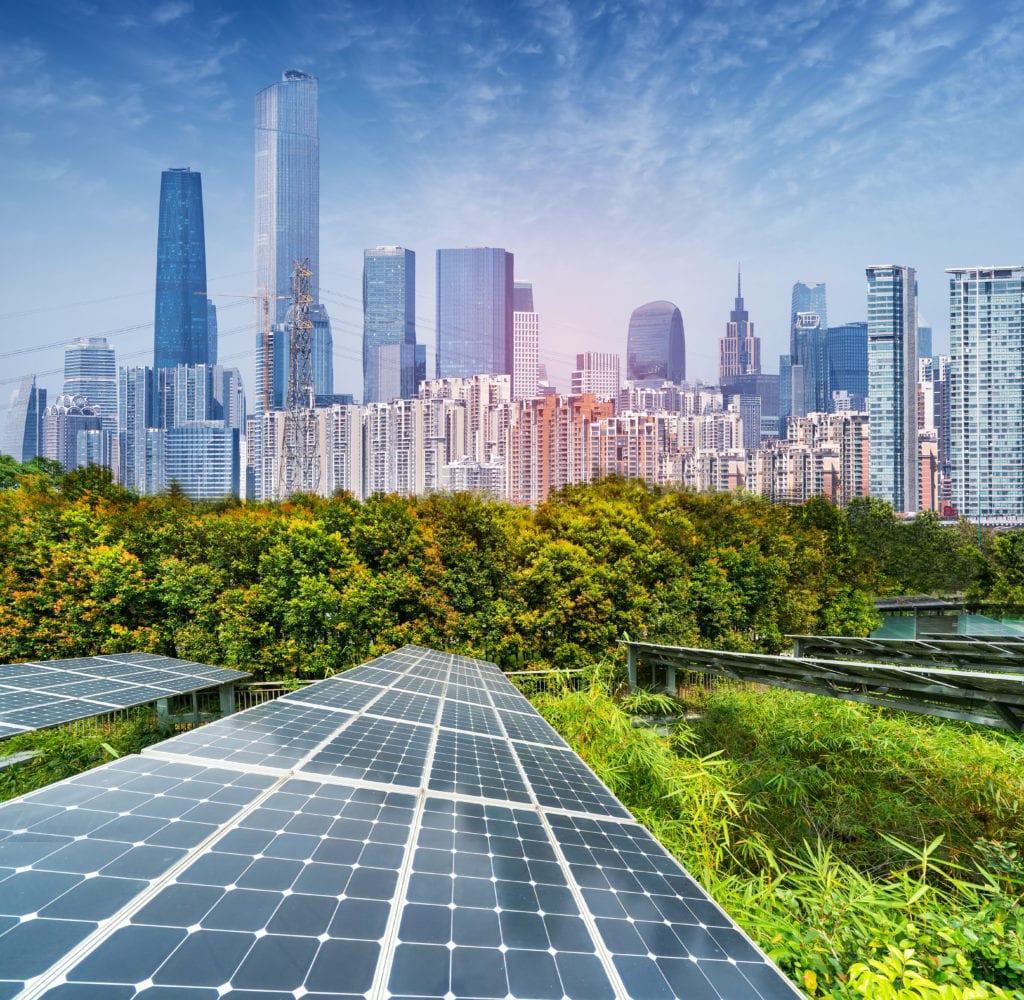By Cynthia Challener, CoatingsTech Contributing Writer
Energy consumption impacts not only costs, but sustainability. Reducing energy consumption, therefore, reduces costs and lowers greenhouse gas emissions. The coatings industry is helping to reduce energy consumption in many ways. Manufacturers are developing more efficient processes for the production of coating ingredients and formulated paints. Resin manufacturers are developing new technologies that cure at lower temperatures, and equipment manufacturers are boosting the performance of curing equipment to expand the applicability of more energy-efficient alternative curing mechanisms. Coatings that contain novel resin and pigment chemistries are increasing the energy efficiency of buildings, cars, and airplanes.
Manufacturing Efficiency
In the manufacture of key ingredients of basic raw materials—resins, additives, pigments, fillers and solvents—and formulated paints and coatings, there are numerous opportunities to improve energy efficiency and achieve energy savings, according to Robertino Chinellato, global R&D director for Powder Coating Resins with allnex. “The specific actions that can be taken depend, of course, on the different manufacturing processes involved, but approaches for heat recovery, achieving greater energy efficiency, and general process optimization to improve yields and reduce cycle times can be considered for all industrial processes used in the paint and coatings industry,” he says. Options include the use of alternative energy production technologies such as tri-generation technology, which provides three forms of output energy using natural gas as the fuel: electrical power, heat, and cooling.
As examples, James Martin, global operational excellence manager at allnex, points to the use of variable frequency drives on motors powering fans and centrifugal pumps to match the power demand, avoiding the use of excess energy, and reducing the use of distillation processes by implementing more efficient solvent recovery systems. Advanced process modeling has also helped the company reduce energy consumption in highly integrated distillation columns. In addition, Martin comments that operational analytics have helped allnex to better understand and monitor energy systems and energy flows, enabling the company to identify opportunities to reduce energy consumption more quickly.
Covestro is highly committed to the United Nations Sustainable Development Goals, according to Steven Reinstadtler, infrastructure marketing manager at Covestro LLC. “By 2025, 80% of Covestro’s R&D project spending will be targeted in areas that contribute to achieving these goals, which include realizing energy savings,in our own production of coating raw materials as well as in processes related to their use on the customer side,” he says. Reinstadtler adds that Covestro’s efforts to develop more energy-efficient solutions are often pursued in close collaboration with partners.
Most coating companies also have sustainability initiatives that include reduction of energy consumption. AkzoNobel, for instance, recently announced its intention to move the company towards zero waste and to cut its carbon emission in half by 2030. “This initiative is part of the ‘Planet’ element of our new ‘People. Planet. Paint.’ approach to sustainability,” notes Rinske van Heiningen, AkzoNobel’s director of Sustainability. Targets for 2030 include a 30% reduction in energy use, 100% electricity derived from renewable sources, 100% water reuse at the company’s most water consumption-intensive sites, and zero non-reusable waste. Electricity from renewable sources is already in use at 33 locations across eight countries, including the installation of solar panels at 14 sites. “To help us achieve our energy reduction goals, we see the greatest opportunities for decreasing energy consumption with utilities, such as compressors, chillers, cooling systems, and LEV and HVAC solutions,” van Heiningen says. The company has already seen significant reduction of energy consumption thanks to modern, energy-efficient equipment in utilities, but also in motors, pumps, and drives. Achieving “right first time” improvement has had a huge impact on energy savings, according to van Heiningen.
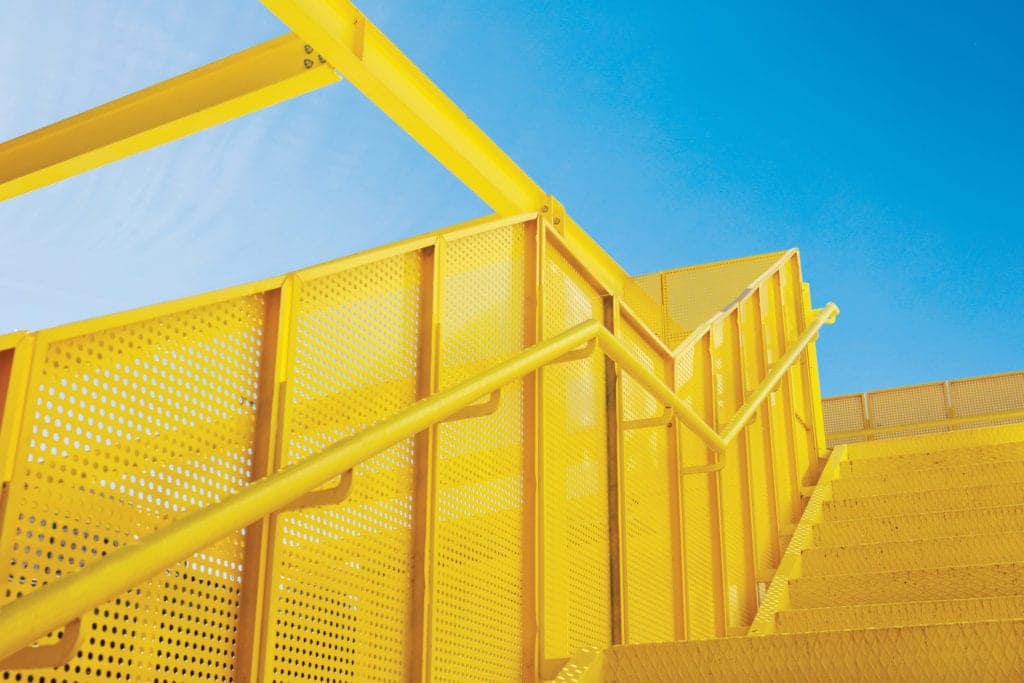 PPG is committed to reducing energy consumption to minimize greenhouse gases (GHGs), reduce costs, and create more efficient facilities, according to PPG executive vice president, Tim Knavish. “While the vast majority of our coatings are manufactured at ambient temperatures and pressures and, therefore, are not energy-intensive, we are focusing on making the milling step more energy-efficient,” he observes. One way to increase energy efficiency in coating manufacturing, agrees Mark Ryan, marketing manager for The Shepherd Color Co., is by using easily dispersed pigments, which reduce the need for time and energy-
PPG is committed to reducing energy consumption to minimize greenhouse gases (GHGs), reduce costs, and create more efficient facilities, according to PPG executive vice president, Tim Knavish. “While the vast majority of our coatings are manufactured at ambient temperatures and pressures and, therefore, are not energy-intensive, we are focusing on making the milling step more energy-efficient,” he observes. One way to increase energy efficiency in coating manufacturing, agrees Mark Ryan, marketing manager for The Shepherd Color Co., is by using easily dispersed pigments, which reduce the need for time and energy-
intensive pigment dispersion steps. He notes that Shepherd Color’s Dynamix pigments eliminate the small-media milling step while also reducing the re-work needed for off-spec batches.
PPG is also shortening cycle times and making other relevant changes to reduce the energy required to manufacture its coating technologies. The company’s Natural Resources and Climate Change Subcommittee of its Sustainability Committee oversees PPG’s energy-reduction strategy, determining the greatest opportunities to decrease energy use. Key energy efficiency initiatives include creating a culture of energy conservation through communication and awareness-building; developing a PPG standard for energy management based on ISO® 50001 and ENERGY STAR®; identifying and focusing resources on locations with the highest energy use; sharing best practices across the organization; exploring partnerships with energy solution firms; and increasing the company’s use of renewable energy. Specific goals set in 2018 include a 15% reduction of energy consumption intensity by 2025 from a 2017 baseline and increasing renewable energy to 25% of total electricity usage, exclusive of GHG reductions by 2025.
“Our global locations have been successful in decreasing their individual energy usage by following the ENERGY STAR guidelines and through the commitment of our people to reduce energy in the workplace, from small steps such as turning off the lights to installing energy-efficient equipment,” Knavish asserts. He describes, as one example, the installation of more than 180 solar panels on three buildings at the PPG Aerospace Applications Support Center (ASC) in Tullamarine, Australia. The solar panels provide 70,000 kWh of power, reducing the center’s annual electricity consumption by 27% and related costs by 38%, as well as GHG intensity.
Cool Cure
A second significant area with potential to dramatically reduce energy consumption—this time during coating application—is the development of resin technologies that cure at lower temperatures. “The trend to reduce temperatures during curing of paints has been an important driver over the last couple of years,” notes Chinellato. A variety of opportunities exist, including lower-temperature powder coatings; switching to ultraviolet (UV) curing systems; faster-curing, two-component (2K) polyurethane systems; and new technology systems with inherently faster chemistry, according to Robert Skarvan, global marketing director for Liquid Resins and Additives with allnex.
From the perspective of powder coatings, there has been a drive to increase the reactivity of binder chemistries so that coatings can be cured either at lower temperatures or over shorter periods of time, notes Robert Watson, global marketing and business development manager for Powder Coating Resins at allnex. “The current state of art is that some powder coatings can be cured at temperatures of 130–160°C, depending on technology type. Having lower-curing coatings means massive metal componentry, which is slow to heat, can reach curing temperature faster, and thus increase throughput, saving energy,” he explains. He adds that while powder coatings are typically associated with metal finishing, new developments in lower-temperature curing are now starting to open up wood substrates such as medium-density fiberboard (MDF), commonly used in furniture, to powder. Another goal for powder coating is to target a wider range of thermally sensitive substrates, including plastics and composites. Allnex is currently developing a novel binder for powder coatings based on new chemistry that enable reduced curing temperatures, Chinellato adds. 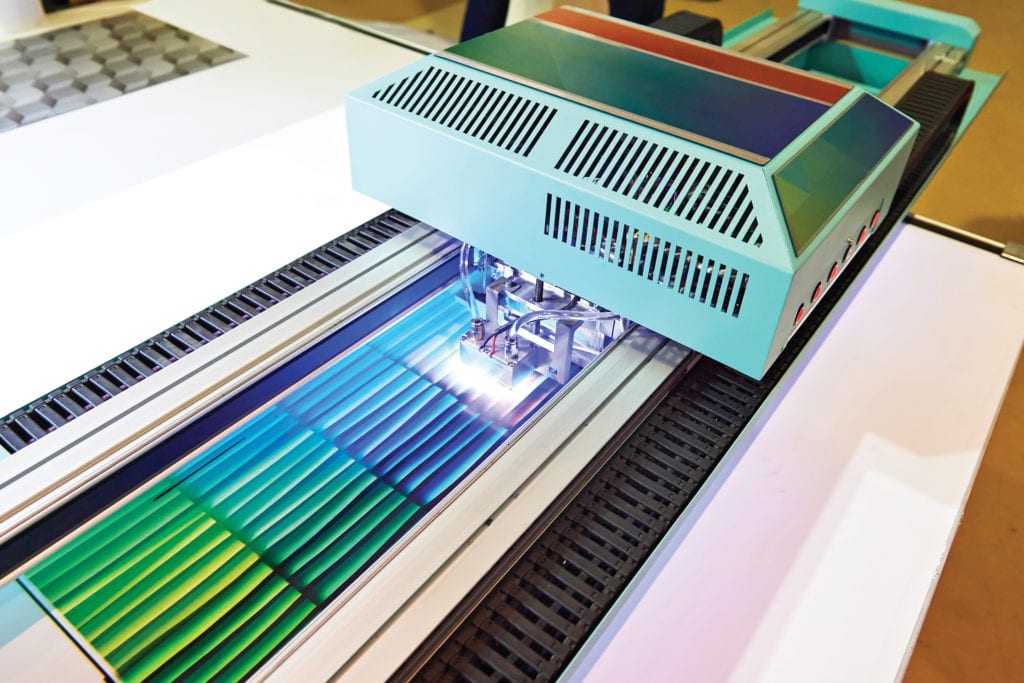
Interpon Low-E powder coatings from AkzoNobel, meanwhile, are specially engineered for curing at temperatures lower than the current standard of 180–190°C for triglycidyl isocyanurate (TGIC)-free polyesters. “These products can help our customers reduce their energy bill by up to 20% or increase their output by up to 25%,” says van Heiningen. The coatings are designed for use in a wide range of applications, including industrial steel products, street and garden furniture, and agricultural and construction equipment. The coatings are also suitable for use in interior or exterior environments.
In the future, Watson also expects lower-temperature curing of powder coatings to be increasingly important for electric vehicles (EVs). “As EVs become more prevalent, there is a greater tendency to light-weighting to increase range. Traditional metals could be replaced with thinner metals or non-metallic substrates. As the nature of these substrates change, the curing characteristics of coatings will also have to change, and this trend will drive greater use of lower-temperature curing systems and, therefore, lower energy,” he explains.
In the liquid coating space, allnex offers ACURE® technology, a new non-isocyanate chemistry with inherently faster cure speed vs conventional 2K urethane systems. “The main driver for the development of this system was, in fact, faster cure. It is the non-isocyanate nature of the chemistry that provides that faster cure,” Skarvan observes. “Whether ACURE or other faster-curing 2K systems are used, curing oven temperatures may be reduced,” he adds. The company has also developed a line of faster-curing acrylic and polyester polyols. One current need is for faster-curing primer systems that can be paired with fast-curing topcoats. Wet-on-wet systems that eliminate a baking step are currently common in automotive and industrial OEM applications, according to Skarvan, and their expanded use will also lead to further decreases in energy consumption.
PPG, in order to decrease energy consumption for automotive OEM customers, has introduced a low-cure paint technology to the automotive market in 2018. “Before our low-cure paint technology, approximately 70% of total energy consumption at an automotive assembly facility took place in the paint shop. Our low-cure technology uses up to 39% less energy through a next-generation clearcoat that cures at about 175°F (80°C) compared to nearly 285°F (140°C) for current systems. Added benefits include a simplified manufacturing process and smaller paint shop footprint,” Knavish observes. From a UV coatings application perspective, primarily in packaging coatings and inks, but also for industrial wood and construction and industrial plastics, Michela Fusco, global marketing director for Radcure at allnex indicates that the greatest energy efficiency opportunities are connected to the adoption of UV light-emitting diode (LED) lamp technologies as replacements for traditional mercury lamps. “LED lamps used for UV curing of coatings enable higher energy efficiency in cycling operations due to the ability to switch the systems on and off instantly. “Recent advances in UV LED lamps and their use in combination with UV LED curing systems is enabling broader applicability of UV LED technology in the coatings industry,” she observes. She notes that these developments have been driven by limitations with respect to surface cure when using earlier versions of LED curing lamps, which has prevented wider adoption of this coating technology. “Further improvements are still needed in this area to make the most of the energy efficiency potential of LED curing technology across different coatings applications,” Fusco adds. The use of LED lamps and the challenges with surface cure are, in fact, driving the development of LED-fit resins and boosters. For instance, allnex recently launched EBECRYL LED 03 oligomer, which has enhanced reactivity when used as a co-resin in UV-curable formulations, according to Fusco. She also notes that allnex is optimizing LED boosters for ink technologies and improving the LED cured surface performance in wood applications.
Pigment technology can impact the energy efficiency of some coating applications. Shepherd Color’s patented Niobium Tin Pyrochlore (NTP) Yellow pigment in the middle-yellow color space has excellent durability, chromaticity, and opacity that organic pigments cannot match, according to Ryan. This innovative pigment expands the envelope of durable color and serves as a bridge between the high chromaticity of organic pigments and the durability and opacity of inorganic pigments. “The increased opacity allows for single-coat color matches, eliminating the need for multiple coats of passes through the paint application process, thus saving time, energy, and materials,” he remarks.
Textile manufacturers are also achieving greater energy savings and reducing GHG emissions due to a new coating technology developed by Covestro. When a transfer coating process using INSQIN® water-based technology is used instead of the conventional solvent-based coagulation process, the relative GHG potential of synthetic-coated textiles produced is 45% lower, according to Bob Saunders, head of Textile Coatings North America at Covestro LLC. “If the entire textile industry were to switch to water-based technology from Covestro, for example, the resulting greenhouse gas reduction would be comparable to the elimination of all cars driving on the streets of London, Hong Kong, and Los Angeles,” he comments.
Coatings that Contribute
Coatings, once applied to substrates, are also helping to reduce energy consumption in several ways. Coatings such as those from PPG provide environmental and sustainability benefits to end users. “Our innovations contribute to a healthier, greener environment without sacrificing appearance and color flexibility. They reduce corrosion and extend the customer product lifetimes. They help reduce energy usage and emissions, protect customer employees, and minimize waste and water consumption,” Knavish says.
One example of an energy-saving technology from PPG is PPG POWERCRON® 160 anionic epoxy e-coat, a significant technical advance in electrocoat technology that enables high film builds (greater than 6 mils) over multiple substrates and pretreatment chemistries. Previously, according to Knavish, anionic e-coats had to be matched to specific pretreatments and metal substrates, which added complexity, cost, and energy use to the coatings process.” PPG Powercron 160 coating cures at lower temperatures than conventional anionic e-coats, which further reduces energy use and related carbon emissions,” he notes. The technology was developed to meet the unique corrosion protection requirements of the pipe industry and is engineered for manufacturers who finish complex cast profiles in the castings, automotive, heavy-duty equipment, and other industries.
While not necessarily energy-saving, PPG has also developed novel technology for aircraft windows to significantly block harmful UV radiation and high-energy visible (HEV) light to help protect aircrews, passengers, and aircraft interiors from solar radiation. PPG windows with PPG SOLARON BLUE PROTECTION™ UV+ blocking technology block 99% of UVA and UVB radiation and more than 50% of HEV (blue) light. The new technology is incorporated into PPG’s windows at the time of manufacture and can be applied to cockpit and cabin windows.
Driving Efficiency
In the automotive sector, light-weighting has not been restricted to EVs. In all passenger and commercial automobiles, light-weighting has become a well-known way to increase fuel efficiency and save energy. Dow’s ACCOUSTICRYL™ Copolymer Emulsions are one type of coating technology designed to help with light-weighting. These coatings, according to Ramesh Iyer, sustainability director for Dow Coatings and Performance Monomers, are increasingly used in automobiles to reduce structure-borne noise for a quieter interior by replacing incumbent heavier bitumen pads, reducing weight by up to 35%. “In 2018, about 96 million vehicles (passengers and commercial vehicles) were produced. This translates to an opportunity to reduce over half a million tons of CO2 emissions, enough to take approximately 108,000 cars off our roads for a year,” he comments. 
In addition to sound-dampening coatings, the light-weighting trend is also leading to greater demand for specialty elastomerics that offer benefits such as vibration reduction, according to Sanjay Luthra, business development and marketing manager at Arkema. “Advances in raw materials that offer lower coat weights and high-performance attributes are critical to ongoing success in the industry,” he asserts. Additionally, with the growing prevalence of plastics in vehicle construction, he notes that there is greater need for adhesion to low-energy substrates. “Many of our customers are using elastomeric coatings formulated using specialty waterborne acrylic and styrene acrylic copolymers, as well as hybrid, silane terminated urethane and polyether polymers to address this need,” Luthra says. He adds that incorporating foam into the coating systems allows for additional light-weighting that ultimately leads to lower energy consumption.
Coatings In Supporting Roles
Coatings also provide protection to wind energy towers and solar panels, indirectly aiding in energy efficiency, according to Luthra. “Furthermore, for these applications, the myriad coating technologies that allow for reduced numbers of paint layers or layer thicknesses all contribute to reduced overall object weight and, thereby, reduced energy consumption,” he states.
Light-weighting is also important in the building and construction sector, where use of higher-performance acrylic copolymers with increased hydrophobicity and tensile strength is allowing the reduction of coating weights for functional applications, Luthra says. Such applications include impregnation of glass fibers for dry-wall facers and higher-performance coated, prefabricated concrete panels for use in tilt-up walls and modern building fabrication methods. “These coatings allow for thinner and lighter-weight fabrications that result in reduced energy consumption during transportation without compromising the durability,” he explains.
Newer air and vapor barrier coatings that constitute a component of advanced building envelope systems also allow buildings to conserve energy during their use. These coatings have to be regionally engineered, however, to meet local codes and building specifications, according to Luthra. They contain a balance of hydrophobicity and permeability to allow air, water vapor, and moisture flow as well as contribute to the insulation and fire resistance properties of the walls. “Organizations such as the Air Barrier Association of America are instrumental in creating and managing the specifications for such coating systems,” he observes.
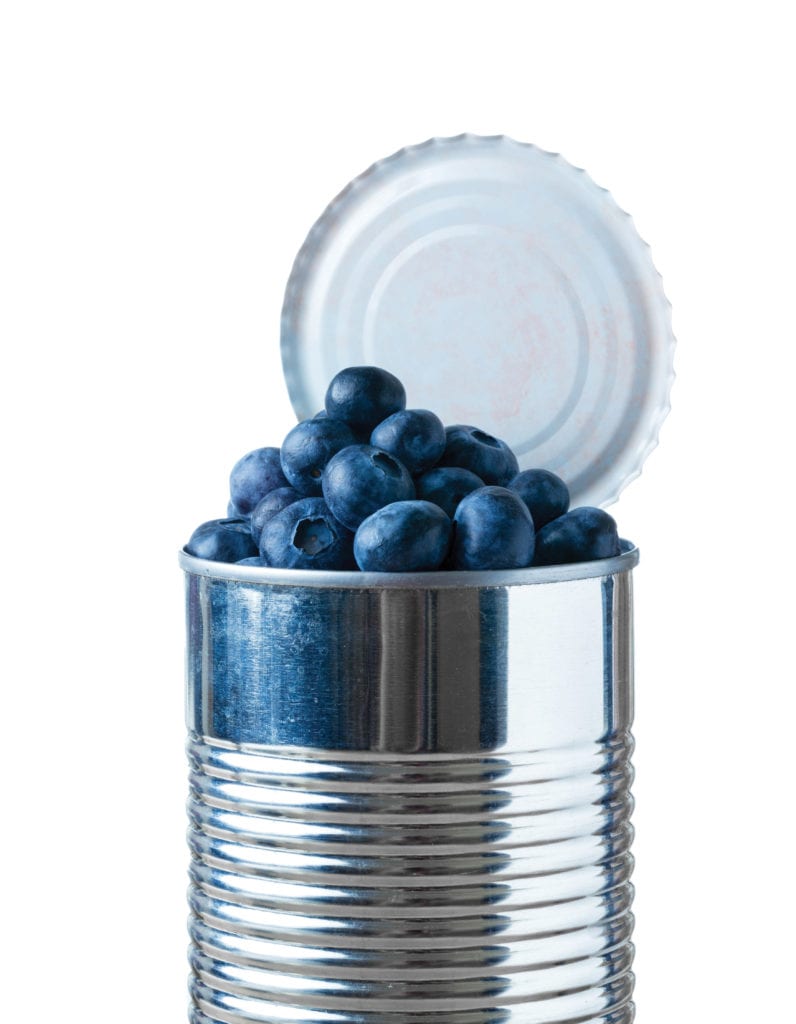 Cool roof coatings are perhaps one of the best-known ways in which coatings help conserve energy. Elastomeric cool roof coatings have been important for decades. “These coatings provide benefit by reflecting sunlight and lowering air-conditioning costs of buildings and warehouses, as well as imparting waterproofing protection that allows prevention of costly maintenance costs due to water damage,” Luthra explains. Recent innovation focuses on regional and specific needs driving reductions in energy consumption, such as newer systems that, rather than being white, have slight color imparted to them to address specific application and community color requirements, according to Luthra. He adds that a modified ASTM D-6083 Specification (ASTM D-6083 type 2) for elastomeric roof coatings is allowing coating manufacturers to address roof coating needs more for the sunbelt states. “These coatings do not need the low-temperature flexibility required in the snow belt states, but do need excellent early water, dirt pick-up, and UV resistance, as well as adhesion to multiple substrates,” he says.
Cool roof coatings are perhaps one of the best-known ways in which coatings help conserve energy. Elastomeric cool roof coatings have been important for decades. “These coatings provide benefit by reflecting sunlight and lowering air-conditioning costs of buildings and warehouses, as well as imparting waterproofing protection that allows prevention of costly maintenance costs due to water damage,” Luthra explains. Recent innovation focuses on regional and specific needs driving reductions in energy consumption, such as newer systems that, rather than being white, have slight color imparted to them to address specific application and community color requirements, according to Luthra. He adds that a modified ASTM D-6083 Specification (ASTM D-6083 type 2) for elastomeric roof coatings is allowing coating manufacturers to address roof coating needs more for the sunbelt states. “These coatings do not need the low-temperature flexibility required in the snow belt states, but do need excellent early water, dirt pick-up, and UV resistance, as well as adhesion to multiple substrates,” he says.
Another emerging coating technology for high-end roof coatings is aqueous water-based fluoropolymer roof coatings. While these coatings have a higher unit cost, they offer significantly higher performance with respect to durability, Luthra comments. They are applied to a wide variety of substrates as thinner films compared to elastomeric acrylic roof coatings but provide the traditional unparalleled color and UV stability for which fluoropolymers are well renowned.
Another trend in the fluid-applied roof coating market is a switch from aromatic polyurethane coatings, which have helped to address market needs for a longer-lasting, durable and seamless waterproofing membrane on low-slope commercial roofs, to one-component (1K) and 2K aliphatic polyurethane roof coating systems with long-term UV and weather resistance. The driver, Reinstadtler says, is the increased awareness of the energy-saving benefits of reflective roof assemblies. Aliphatic polyurethane roof coatings provide the hail resistance, wind uplift, rain resistance, and seamless long-term flexibility of aromatic systems while also ensuring that surfaces retain their original color (often white) and, thus, their high-infrared (IR) reflectance for a longer period. “The UV resistance of the employed resins and aliphatic hardeners keeps the membrane from yellowing or darkening over time, which can impact the solar reflectance. Additionally, the excellent resistance to weathering keeps the coating surface smooth and non-porous longer, reducing dirt pick-up and mildew growth that can impact solar reflectance and ultimately, the energy savings of the reflective roof, explains Reinstadtler.
Advances in IR-reflective pigment technology, meanwhile, are enabling the formulation of colored cool roof coatings for residential and other sloped-roof applications. For instance, Ryan notes that Shepherd Color’s Arctic IR reflective pigments are used around the world in building and construction applications to extend product lifetime and reduce the amount of solar energy absorbed. In addition to reducing cooling loads for specific buildings with cool roofs, the reduction of sunlight absorption can also reduce the urban heat island effect. “Shepherd Color is on our 5th generation of products that maximize a jet masstone, high tint-strength, and high Total Solar Reflectance (TSR). We like to say that we have a range of products to fit your specific need—a veritable ‘Black Rainbow’ of products,” he observes. The company’s IR-reflective pigments are combined with its Dynamix easily dispersed technology for further energy savings during production.
Reflectance can also be important in interior spaces. “Often overlooked in the built environment is the effect of gloss and color on the overall lighting requirements,” remarks Reinstadtler. He observes that in industrial, warehouse, and retail spaces, the requirements are typically in the 200- to 100-foot candle range. But in critical task areas or showrooms, the requirements can rise to over 250-foot candles. “In these areas, floor coatings can contribute to significant energy reductions by reflecting natural and artificial light in a space due to their inherent gloss level and pigmentation,” he says. “In particular, a light-stable aliphatic polyurethane or polyaspartic is preferred due to their ability to retain a high gloss over time, ensuring continued light reflection. Additionally, a lighter pigmented floor designed to reflect ambient light will benefit from the long-term color stability imparted by the use of aliphatic hardeners in polyurethane and polyaspartic floor coatings,” Reinstadtler adds. For instance, in a large warehouse example, the owner was able to reduce the artificial lighting requirements and, therefore, the energy consumption in the space by roughly 20% by specifying a gloss white aliphatic polyurethane topcoat.
Also, in the building and construction segment, polyaspartic coating technology is helping to reduce energy consumption. When used as a concrete floor coating, there are clear, tangible energy savings, according to Reinstadtler. In northern climates, floor-coating can be challenging in early spring and late fall due to permeation of colder outdoor temperatures into buildings. The current solution, says Reinstadtler, is to turn up the heat on the existing HVAC system or to deploy electric or propane torpedo heaters to raise the temperature of the air and concrete, thereby expending energy. “By using polyaspartic floor-coating technology, contractors are able to complete more jobs in the shoulder season without the need to raise the ambient and concrete temperatures, which reduces energy consumption,” he notes. The faster working time of polyaspartics can create challenges, though, particularly for less-experienced contractors who are not familiar with polyaspartics. “As a workaround, they may use a longer working time polyaspartic coating on a cold-weather job and turn the ambient heat up even more to get a faster cure rate,” Reinstadtler says. One area of innovation, therefore, is designing new polyaspartic resins that offer both a longer working time and a quicker return-to-service time, even in colder weather.
There are opportunities for reducing energy consumption in many other industries as well. Dow has developed CANVERA™ Polyolefin Dispersion for metal cans, which provides significant sustainability advantages over traditional epoxy-acrylic coatings, according to Iyer. “Every 1000 cans coated with CANVERA Polyolefin Dispersion lowers the global warming potential of each can by 20% on a relative basis versus conventional BPA-based epoxy-acrylics,” he says. The company’s ROPAQUE™ Opaque Polymers and EVOQUE™ Pre-Composite Polymers, meanwhile, reduce the need for titanium dioxide (TiO2) extenders in architectural coatings. While TiO2 is good at imparting hiding and brightening, it requires large amounts of water and energy to mine and purify to make it suitable for use in paints, Iyer explains. The combination of Dow’s two technologies can partially replace TiO2 in paints and utilize the remaining TiO2 more efficiently. “Our lifecycle analysis of ROPAQUE Opaque Polymer and reported industry information about TiO2 indicate that the carbon footprint for a typical ROPAQUE Opaque Polymer is nearly half that reported for TiO2 on a ‘dry’ per-kg basis. Therefore, partially replacing and more efficiently using TiO2 present a large opportunity to reduce the carbon footprint of selected paints in their lifecycle,” Iyer asserts.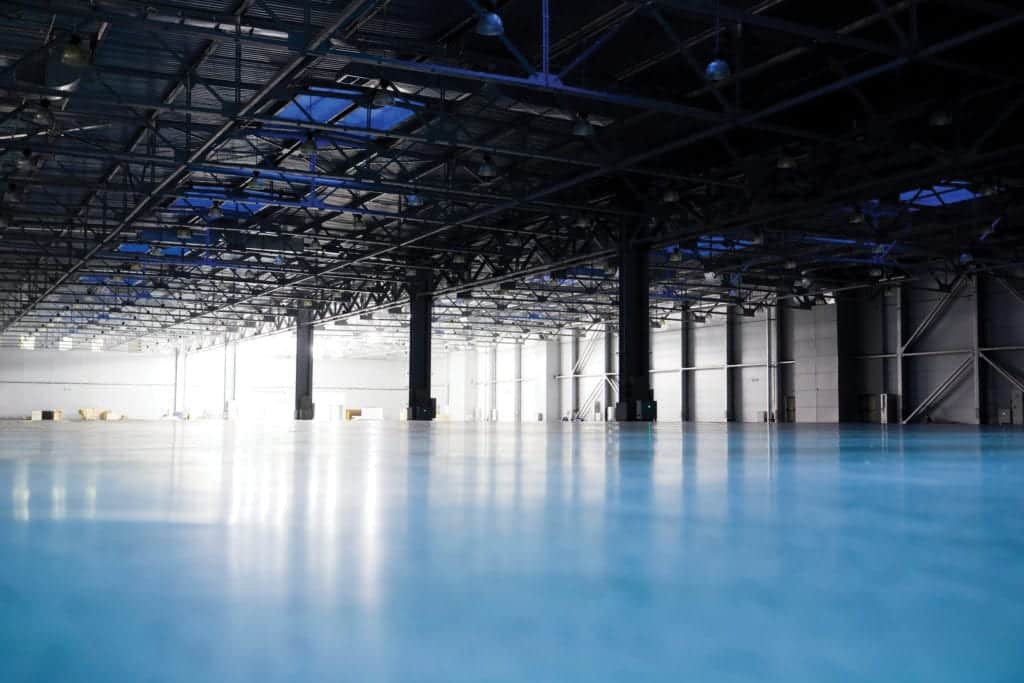
Separately, Ryan notes that the ultimate efficiency for a coating is a long lifecycle. “The repainting process is time-consuming, expensive, and uses more materials, leading to greater energy consumption. A coating needs to keep its performance properties along with its aesthetic appeal,” he says. The company’s Complex Inorganic Color Pigments (CICPs) are inert and durable with outstanding weathering properties, according to Ryan. While high-temperature calcination is required to produce them, he strongly believes the investment in energy needed to make the pigments is more than balanced by the reduction in overall energy usage achieved due to the long lifetimes of the paints and coatings formulated with those pigments.
Going forward, Luthra notes that the paint and coatings industry will be challenged to meet the demands of an increasingly circular economy. “Recyclability and incorporating greater use of renewable content in coating raw materials are ongoing challenges for everyone in the industry. However, with increased focus and commitment to this area, innovation is sure to follow and help drive the growth of the global coatings industry,” he concludes.
CoatingsTech | Vol. 17, No. 5 | May 2020
